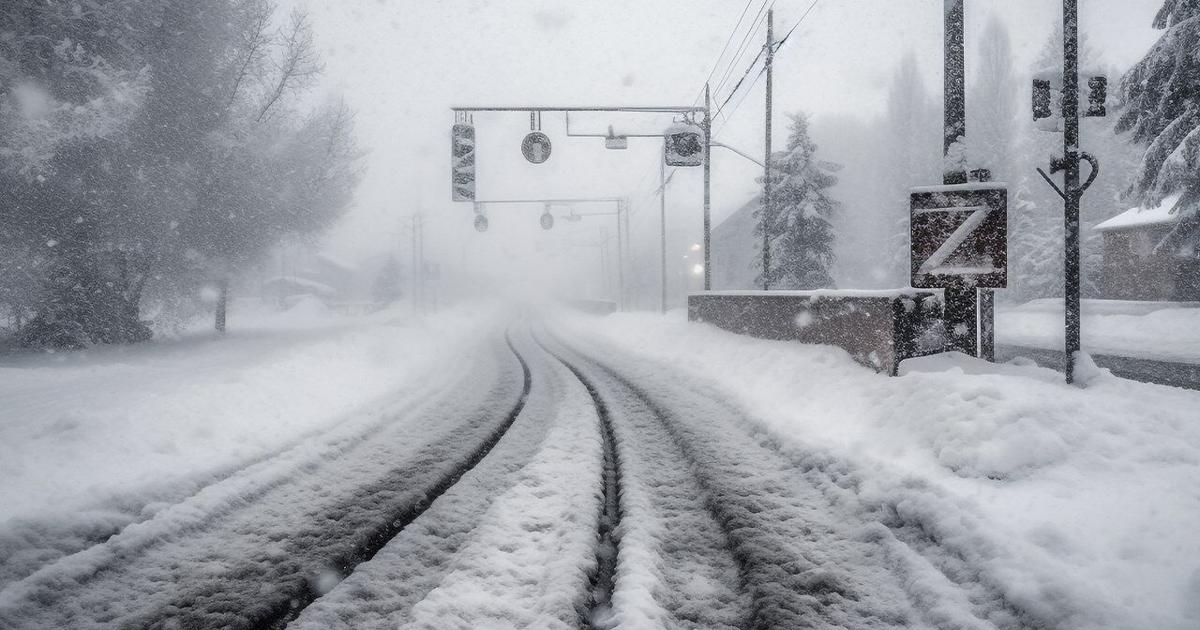This Saturday night, in the central tropical Atlantic, shower activity associated with an elongated area of low pressure over the central tropical Atlantic Ocean has become a little better organized since yesterday.
Environmental conditions are forecast to be generally favorable for additional gradual development over the next several days, and a tropical depression could form by the middle of next week as it moves west-northwestward at 10 to 15 mph toward the waters east of the Leeward Islands.
It has a low (20 percent) chance of formation during the next 48 hours and a medium (50 percent) chance of formation during the next 5 days.
In the central Atlantic, shower activity is showing signs of organization in association with a small low pressure area located about 600 miles east of Bermuda.
Some slow development of this system could occur during the next two to three days while the low meanders over the central Atlantic. After that time, conditions are expected to become less favorable for development.
It has a low (10 percent) chance of formation during the next 48 hours and a low (20 percent) chance in the next 5 days.
In the northwestern Caribbean Sea, a trough of low pressure could develop over the northwestern Caribbean Sea during the early or middle part of next week.Environmental conditions could support some slow development of the system thereafter while it moves generally west-northwestward over the northwestern Caribbean Sea and toward the Yucatan Peninsula of Mexico.
It has a near zero chance of formation during the next 48 hours and a low (20 percent) chance in the next 5 days.
See also
In the eastern tropical Atlantic, a tropical wave is forecast to move off the west coast of Africa early next week. Some gradual development of the system is possible during the middle of next week while it moves generally westward across the far eastern tropical Atlantic.
It has a near zero chance of formation during the next 48 hours and a low (20 percent) chance in the next 5 days.
For the latest information, please visit:www.hurricanes.gov





















Discussion about this post